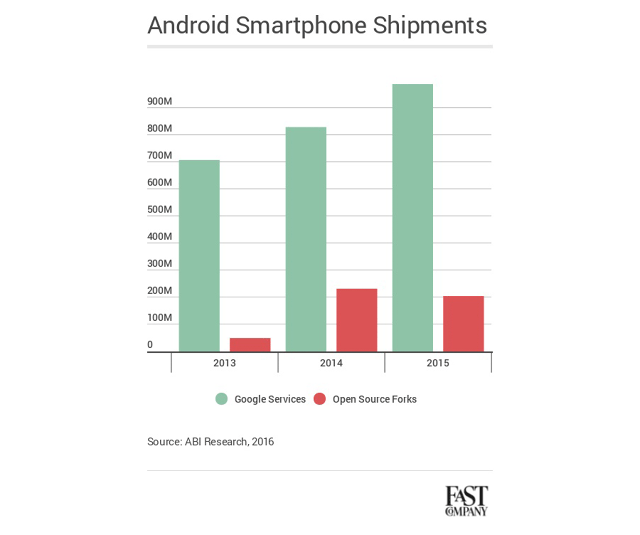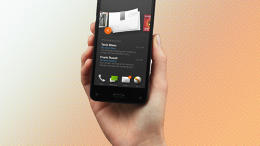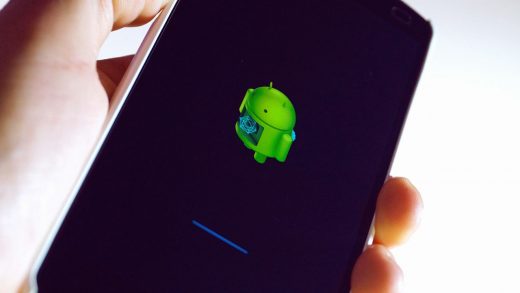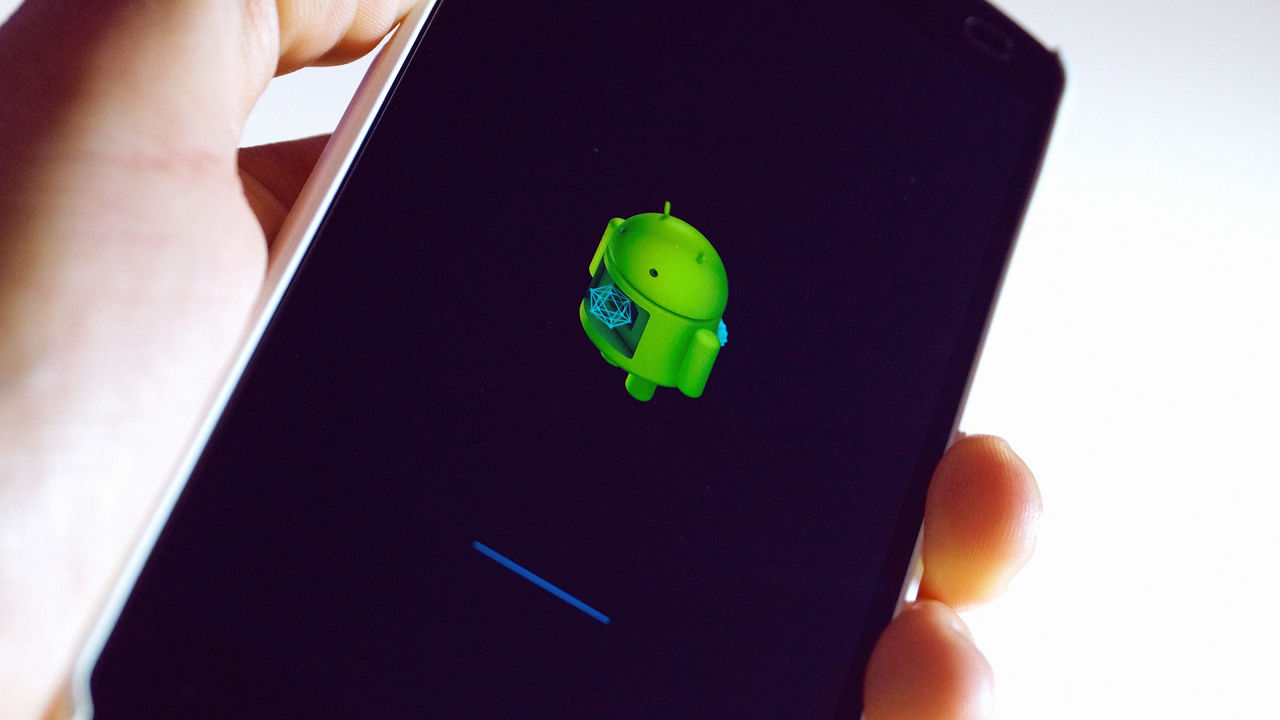Android Without Google: A Brief And Mostly Uninspiring History
Unless you’re Google, Android phones can be a rough business.
Profit margins on hardware tend to be slim, and because Google enforces strict conditions on the inclusion of its app store and services, phone makers don’t have much room to stand out with their own software if they want to include any Google elements at all. Analyst firm Canaccord believes many Android phone makers are merely breaking even or losing money.
So you can’t blame a company like Huawei for wanting to take control of its own destiny. Last week, The Information reported that the Chinese phone maker was secretly building an “alternative mobile operating system to Android,” with a team in Scandinavia made up of ex-Nokia employees. Huawei was quick to downplay its own efforts by saying it’ll stick with Android provided it remains “open,” but that statement reveals the underlying fear: A less-open Android means less room to make money from anything but the hardware.
Alas, Huawei’s contingency plan is just the latest in a long line of attempts to stray the path from Google’s version of Android, in many cases by using the open-source code without Google’s app store or services. Outside of some emerging markets such as China, where Google’s services haven’t been available, most of these efforts have fizzled out, sometimes spectacularly.

And as a whole, “forked” versions of Android’s open-source code are losing steam. According to ABI Research, shipments of forked Android phones fell by 12.4% last year, while Google’s version of Android grew by 17.5%. David McQueen, ABI’s research director for consumer devices, expects these trends to continue as Google expands its own version of Android to more markets and expands its Android One program for inexpensive handsets. It’s hard to believe Google feels threatened by Huawei’s operating system efforts.
“Huawei is thinking, ‘We’re big enough now, let’s make our own ecosystem,'” McQueen says. “History tells us how tough it is to do that.”
Need more proof? Here’s a list of notable attempts to split from Google’s version of Android through the years, and where they are now.
Amazon Fire OS
Amazon’s spin on Android exists in three forms: There’s the tablet version for the Kindle Fire and its successors, the big-screen version for Amazon’s Fire TV streaming devices, and the small-screen version for the short-lived Fire Phone. All three tie into Amazon’s Android-based Appstore, and emphasize consumption of Amazon services such as Prime Video and Kindle books.

Early hype: International Business Times’ David Magee argued in 2011 that the Kindle Fire’s low pricing would spell doom for the iPad. One year later, ZDNet’s Adrian Kingsley-Hughes suggested that an Amazon phone’s “dumbed-down Android experience” would pose a threat to Samsung and other phone makers.
Current status: Amazon’s tablets never overtook the iPad in sales, but have enjoyed healthy market share and seen several new iterations over the years. The Fire TV has become a major competitor in the living room streaming wars. The Fire Phone, however, was a disaster from the start, and Amazon has yet to attempt a sequel.
Nokia X
Although Nokia pledged allegiance to Microsoft’s Windows Phone platform in 2011, the Finnish phone maker briefly dabbled in Android with Nokia X, a line of low-budget smartphones slathered in Microsoft services. Despite being based on Android, the interface looked vaguely Windows Phone-esque.
Early hype: Rumors of the Nokia X (codenamed Normandy) arose in November 2013, two months after Microsoft announced plans to buy Nokia’s mobile business, and the phone launched two months before the acquisition was finalized in February 2014. The press reaction was part bewilderment, part acknowledgment that Windows Phones weren’t quite cheap enough for the low-end market.
Current status: Five months after launch, Microsoft axed the Nokia X line as part of a major restructuring of its phone business, which also saw 12,500 Nokia employees lose their jobs. (The entire acquisition was a fiasco, culminating in even more job cuts and a $7.6 billion write-down.)
Tizen
Tizen isn’t an Android fork from a technical standpoint, but it is capable of running Android apps, and its smartphone interface is so similar to Android that it’s been called an inferior knock-off. Although the software is open-source, so far only Samsung is using it.

Early hype: A January 2013 story by CNet’s Roger Cheng refers to Tizen as “Samsung’s secret weapon in the mobile wars.” Two months later, Minyanville’s Andre Mouton was confident enough to call it an “Android-Killer.”
Current status: According to Strategy Analytics, Samsung sold 3 million Tizen phones last year. Those aren’t Android-slaying numbers, but they’re probably enough to keep the platform alive—at least in emerging markets. (Samsung also uses Tizen in its smartwatches and smart TVs.)
Xiaomi MIUI
In Xiaomi’s home market of China, the company’s Android phones ship with deep customizations and no Google services to speak of. MIUI is also available as aftermarket firmware, furthering the company’s goal of selling other connected apps, accessories, and services.
Early hype: As a whole, Xiaomi has been hyped by tech observers as one of China’s hottest companies, with a $45 billion valuation and tens of millions of phones sold per year, though critics have panned aspects of MIUI as being shameless Apple rip-offs.
Current status: MIUI isn’t going away even as Xiaomi’s smartphone sales slow down. But outside of mainland China, MIUI is more a of a traditional Android skin with Google services on board. Don’t expect the forked version to take off as Xiaomi tries to expand to more markets.
Alibaba YunOS
One could easily fall down a rabbit hole cataloging Chinese Android forks, but YunOS is noteworthy for two reasons: It’s run by e-commerce giant Alibaba—whose cloud services are tightly integrated with the operating system—and it’s now being integrated with phones from major Chinese handset maker Meizu.
Early hype: “We want to be as strong as Android in China,” Alibaba chief strategy officer Zeng Ming told the Wall Street Journal in 2012.
Current status: Thanks in part to the Meizu tie-in, YunOS saw 700% user growth last year, and Alibaba hopes to ship the operating system on 100 million phones this year.
PrivatOS
Not every Android fork is a Plan B against Google or an attack on its market share. In the case of Silent Circle’s Blackphone, PrivatOS was a modification of Android with a focus on security and privacy. Instead of Google’s default apps, the Blackphone offered encrypted alternatives, along with settings that would help keep out intruders.

Early hype: Announced in early 2014, Blackphone attempted to ride a wave of suspicion brought forth by revelations of government snooping. ExtremeTech’s Sebastian Anthony aptly called it a “smartphone for the post-Snowden era.”
Current status: It turns out that post-Snowden suspicions don’t trump a desire for modern apps and services. Silent Circle has since replaced PrivatOS with Silent OS, which includes Google apps but allows users to wall them off from the phone’s more secure areas.
CyanogenMod
One of the most beloved Android forks is one that doesn’t come pre-installed on smartphones and isn’t intended to make money. Instead, CyanogenMod is installed by tinkerers who are unhappy with their Android phones’ firmware, and want something less bloated and more customizable. (Users are free to sideload Google services onto their phones, but they are not packaged with CyanogenMod.)
Early hype: CyanogenMod got its start back when Android itself didn’t even have much hype around it. Case in point: The developers were comfortable calling themselves “Team Douche.”
Current status: The mod now has a commercial spin-off, called Cyanogen, that is pre-installed on some smartphones. Cyanogen claims to have 50 million users across the pre-installed and aftermarket versions.
Cyanogen OS
Today, the commercial version of Cyanogen isn’t quite a fork, as its phones still ship with Google services on board. Still, Cyanogen has claimed that it wants to break away from its dependence on Google eventually.

Early hype: One of the tech writers who bought into Cyanogen’s anti-Google plans? Yours truly, who last year argued that opening Android’s core functionality to companies like Spotify and Microsoft wasn’t a crazy idea.
Current status: Last year, Cyanogen announced that its firmware would ship without Google services on a smartphone from Blu. And in March, The Information reported that AT&T was considering a Cyanogen phone with an alternative version of Android, built by ZTE. So far, neither plan has come to fruition.
related video: How To Lead A Purposeful Company Toward Social Change
Fast Company , Read Full Story
(65)



